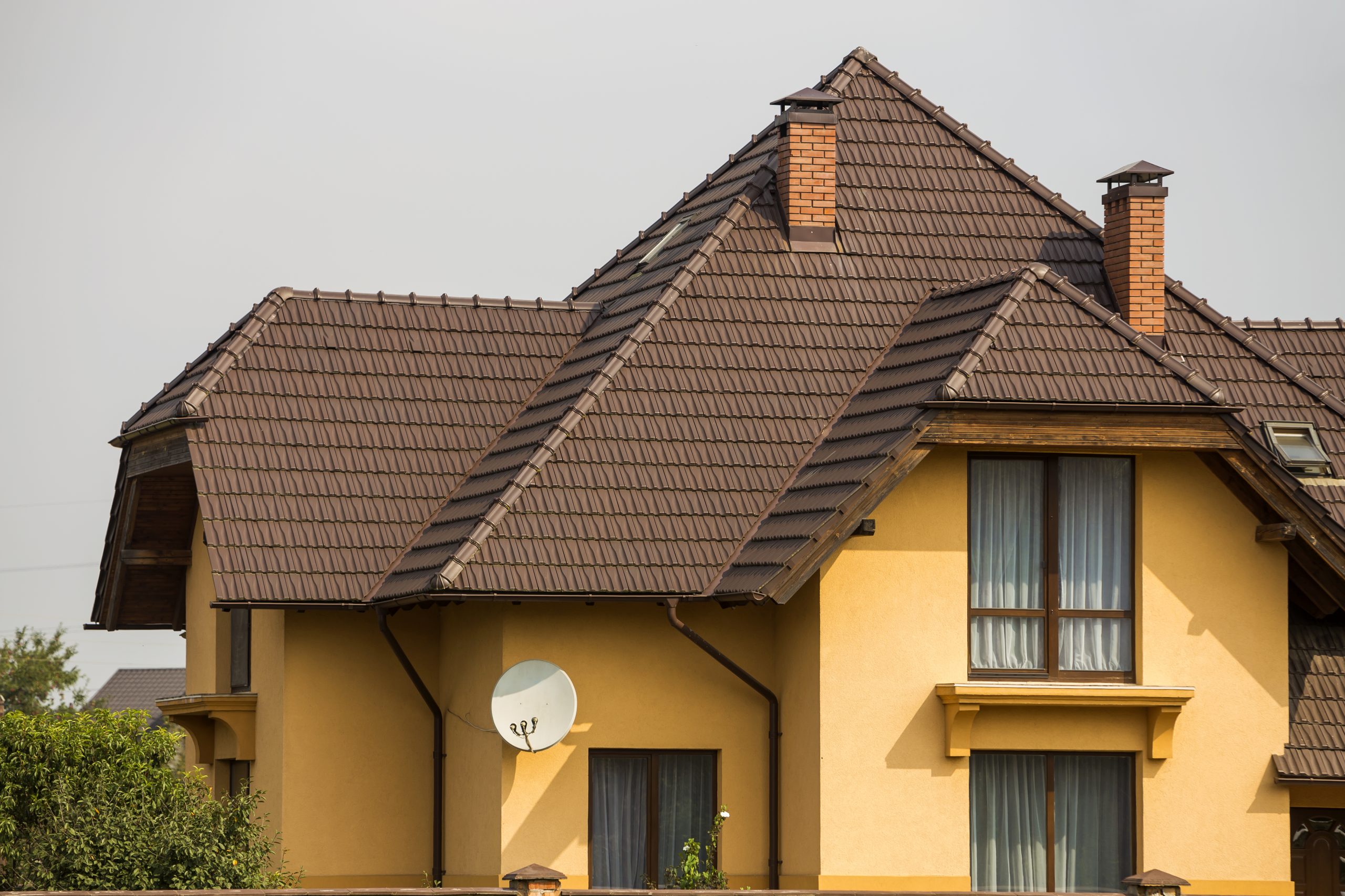Roofing repairs are bound to pop up over time. Weather and other situations can damage the roof or the vital pieces of it. That is just one of the risks of owning a home. But are there any issues where you do not have to repair the roof immediately? It depends. Though you should always repair your roof when you can, there are some roof things that can be patched up or even left alone for a season or two.
Here are some tips to help you know how often a roof needs repairs:
Simple Repairs
There are some roofing repairs that are not an emergency and therefore do not need to be rushed. However, if you leave them unattended for a long time, it could lead to other issues that are far more damaging. Some issues that can be addressed down the road include:
- A few cracked or curling shingles
- One or two missing shingles
- A couple loose nails
These things do not necessarily mean that water is seeping through to the underlayment or that you will have water damage.
Be sure to check for other signs that could point to more dangerous issues before deciding to wait to do a repair, such as wet spots on the ceiling or soaked patches on the roof. This generally points to more urgent repairs.
Immediate Repairs
Some damages cannot be ignored for long, because it could cause structural damage to your home. Here are some problems that need immediate attention:
- Patches of shingles that are missing, buckling, or damaged
- Loose flashings
- Extensive moss and mold growth
- Water damage and mold growth in the attic
- Ice dam formation
You may be wondering why moss on the roof is dangerous. It may look aesthetically pleasing at times, but it is a hazard. Moss thrives in damp places. Since roofing is not waterproof—only water resistant—having moss hold moisture means that it has plenty of time to soak through the materials of the roof. Continued exposure to moisture will warp and crack the shingles, until you end up with water damage inside the house.
Furthermore, wood could rot if moss is allowed to grow unchecked. Again, this is caused by prolonged moisture exposure.
Like moss, ice dams look cool but spell bad news for your roof. An ice dam is a massive stretch of ice that gathers along the lower edge of the roof after snowfall. Some ice dams can weigh hundreds of pounds and will compromise the eaves of the roof. Also, as the ice dam begins to melt, it could cause that water to soak into the roof.
Ice dams need immediate attention, because if they are ignored, they could damage the gutters, paint, interior drywall, and insulation.
Emergency Repairs
Lastly, there are some repairs that need to be made as soon as possible, because it could compromise your home. If there is extensive damage that has affected the structure of the roof, then you will need to call in an emergency repair service. Here are some incidents that need emergency repairs:
- Drooping/sagging roof
- Holes in roof
- Roof leaks
- Chimney damage
- Impact damage from fallen branches
- Cracked flashing around the chimney, skylights, or ventilation
Let’s look at some of these in more detail.
Sagging Roof
A drooping roof should be a major cause of concern, as it stems from a few structural issues, such as having too heavy a material on the roof, foundational problems, improper engineering, poor installation, and a damaged roofing system. Usually, a sagging roof is not the only thing you will see with any of those causes. In fact, there may be accompanying cracks in the ceiling, walls, and foundation of your home. Or you could find water damage in the attic or basement.
You will need to hire an inspector to diagnose the problem.
Damaged Flashing
One question a lot of people ask is: “Why does cracked flashing cause leaks?” The reason is because of how flashing is designed. It is made up of small metal pieces that are sealed under a shingle at the joints of a roof to help make a water-tight barrier. However, because of that, when flashing cracks, it exposes unprotected areas of the roof, such as corners and angles where shingles would not fit.
Fortunately, replacing cracked flashing is one of the easier repairs that can be done. You can’t wait to do it, though. As soon as you notice the flashing has cracked, you need to repair it. Otherwise, weaker spots of the roof are exposed to the elements.
Why Are Some Problems More Urgent Than Others?
Now that you have seen some problems that are considered a non-emergency and others that need rapid repair, you are probably wondering, “What is considered a roofing emergency?”
Some problems are more urgent than the rest. The best way to determine what is an emergency and what is not is to look at the roof itself, the materials used, the spread of the damage, the condition of the attic space, and if any drainage has been damaged as well. Other factors include the season and weather where you live and the age and type of home you live in.
A roofing emergency is defined as anything that needs immediate attention. If large sections of shingles have been damaged in a storm and the leaking is unrelenting, for example.
Conclusion
In short, most roofing issues need to be repaired as soon as they occur to prevent bigger, more damaging problems from occurring. If you notice that the shingles are beginning to curl or there are a few screws missing, you don’t have to panic, but you should make a mental note to get those things patched up. In the event of major damage, do not wait. Call our roofing experts immediately to make sure the problem is taken care of.




0 Comments